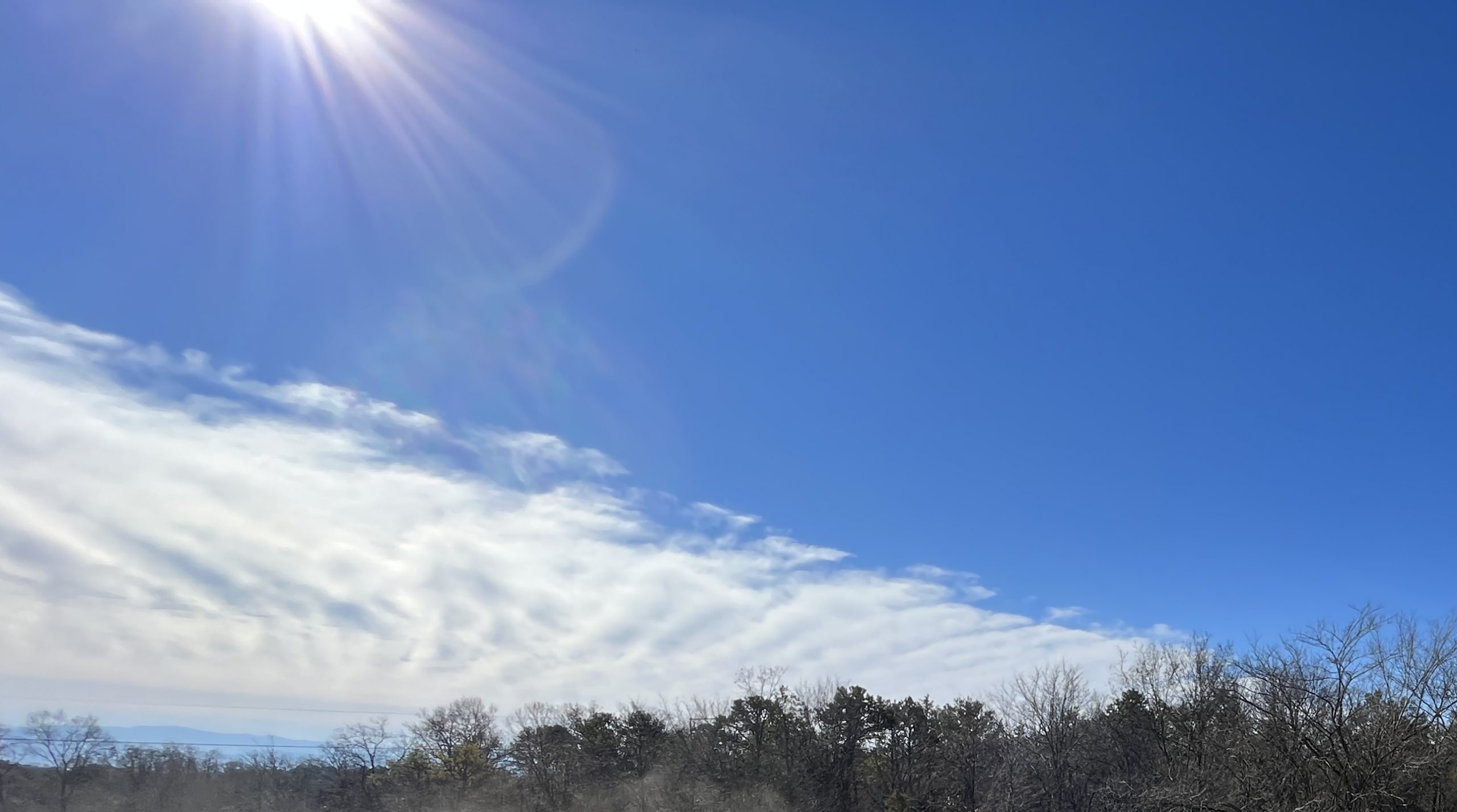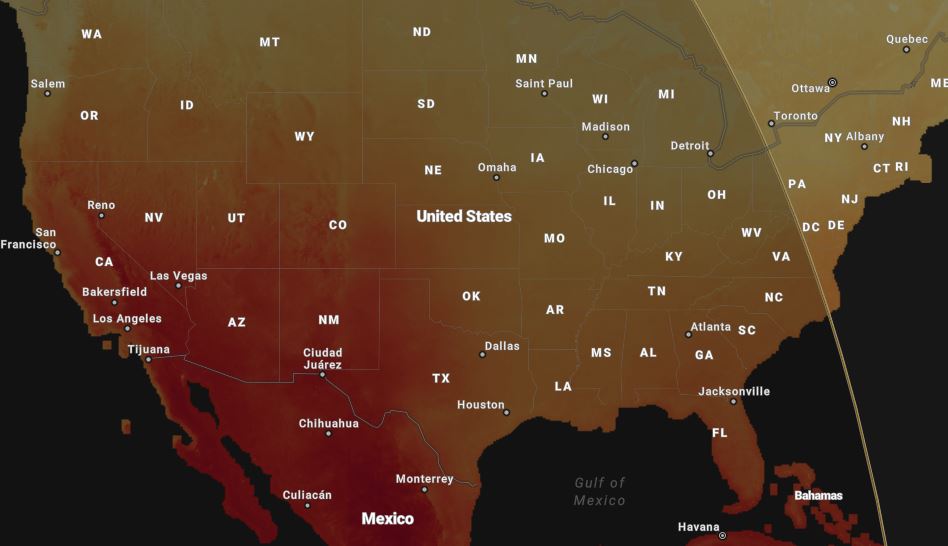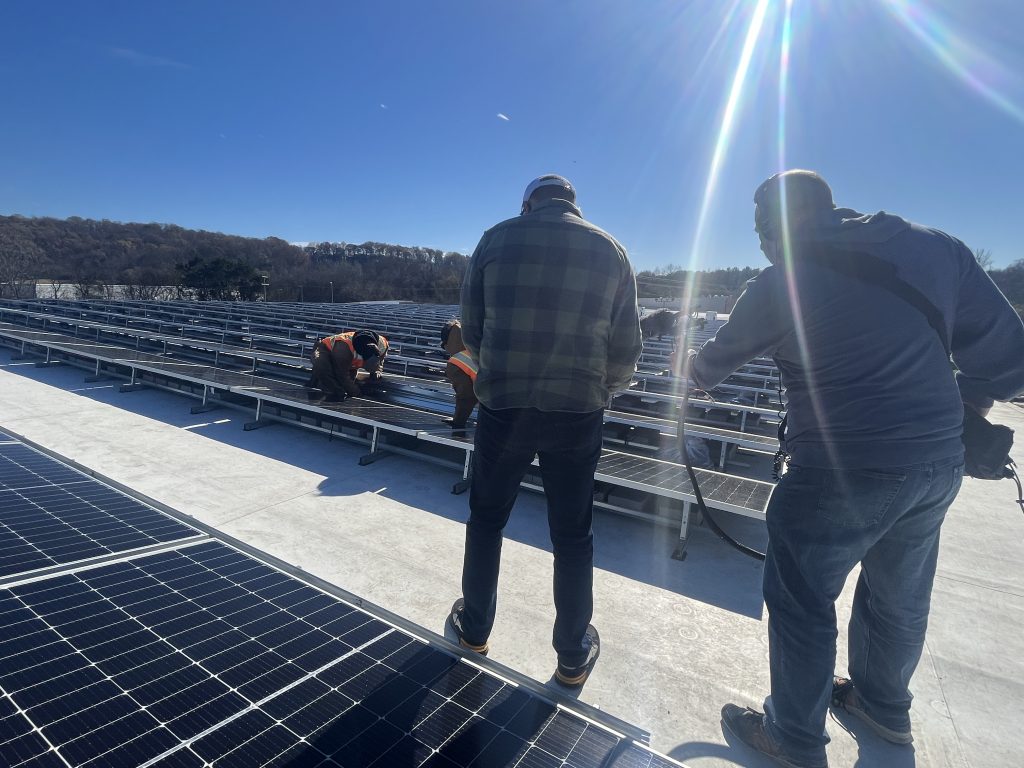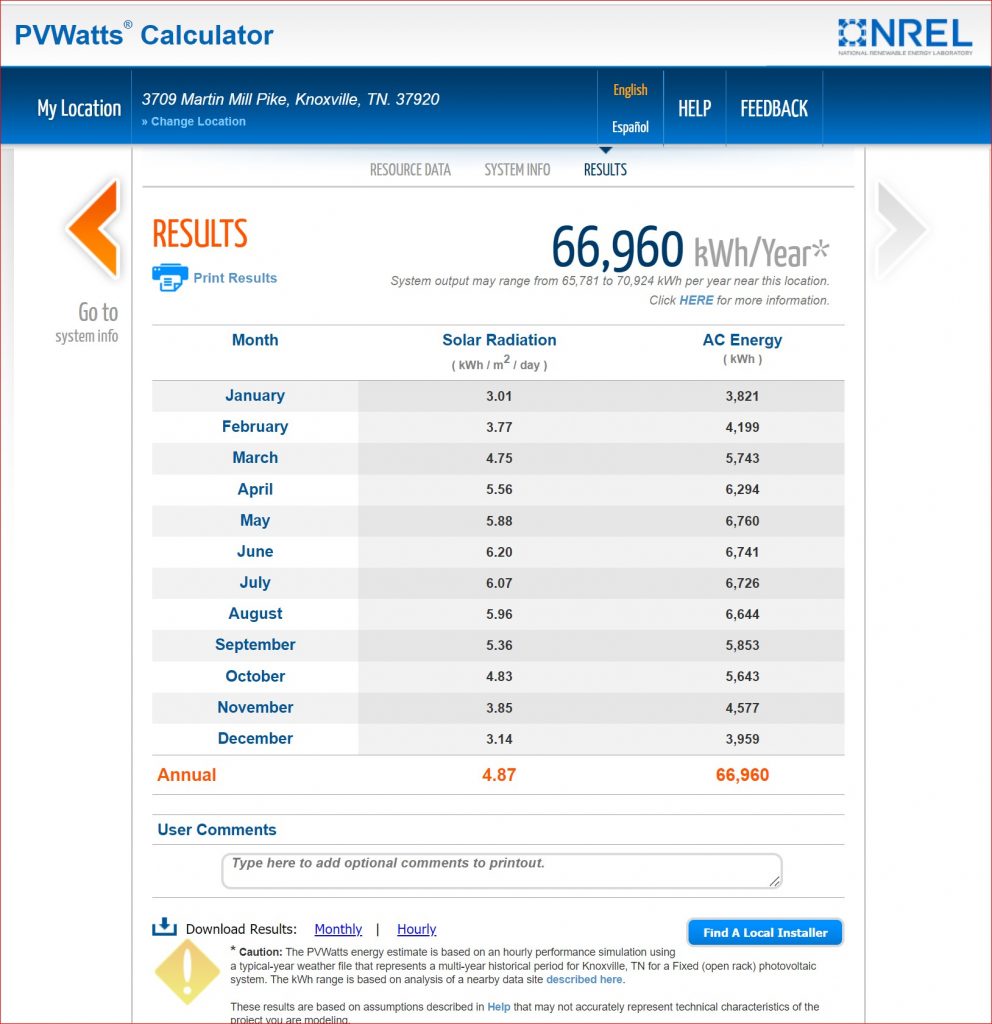
Last Updated on March 20, 2023 by Anne Brock
Spring Equinox 2023
It inspires everything from the upcoming swimsuit season to gardening to later-evening barbecues: the sun, preparing for its longer daytime appearances in the Northern Hemisphere, teases the shivering in their sweaters with the hope that sometime after the Vernal Equinox, Spring will not only appear, but it will usher in sunnier and much warmer days. This makes March 20th the official first day of Spring for 2023.
That much-awaited time in 2023 comes early in the evening of March 20th. The National Weather Service defines this coming of Spring, the Vernal Equinox, as a time when, “The ‘nearly’ equal hours of day and night are due to refraction of sunlight or a bending of the light’s rays that causes the sun to appear above the horizon when the actual position of the sun is below the horizon. Additionally, the days become a little longer at the higher latitudes (those at a distance from the equator) because it takes the sun longer to rise and set.” So, for most of us in the United States, we expect the most sunshine in the summertime when the sun is nearly overhead and those sunny days are longer.

Sunshine for Your Health
When it comes to your health and well-being, we’ve learned that just a little sunshine can be good for us, with doctors telling us a few minutes of morning sun giving us essential Vitamin D. Then dermatologists caution we also need sunscreen with at least a 30 sun protection factor, to protect against dangerous sunburns and skin cancer.

Sunshine as a Powerful Resource
When it comes to the sun’s power and how it can be harnessed as an energy source, the National Renewable Energy Laboratory tells us, “More energy from the sun falls on the earth in one hour than is used by everyone in the world in one year.” In other words, photovoltaics or solar power may be the biggest untapped natural resource available on Earth.
Sunshine Where You Live & Work
No matter where you live or work, chances are you have the opportunity to take advantage of the free natural resource that could be cutting your electric bills. While some regions do receive more sunlight, a properly designed solar array can help you harness sunlight to your advantage, to use or store for later use.
NREL uses historical data to show that for the Knoxville, Tennessee community in the Southeast, you can expect the most sunlight from April through September of each year, with June expected to be your sunniest month. According to the US Navy’s calculations of daylight and darkness, you can expect a little more than twelve hours of daylight on the day Spring arrives, then well over fourteen hours of daylight in June.

What Works For You?
Curious what solar production would look on the roof or your home or office in the Southeast? Let us know what your current electrical usage is, and we can help you compare it to what a typical solar system could produce.
You’ll want the right size, not an oversized system, that will typically create just the amount of electricity you need. You can also experiment for yourself with the free PV Watts calculator by NREL. Here’s to sunnier days and swimsuit season just around the corner!
